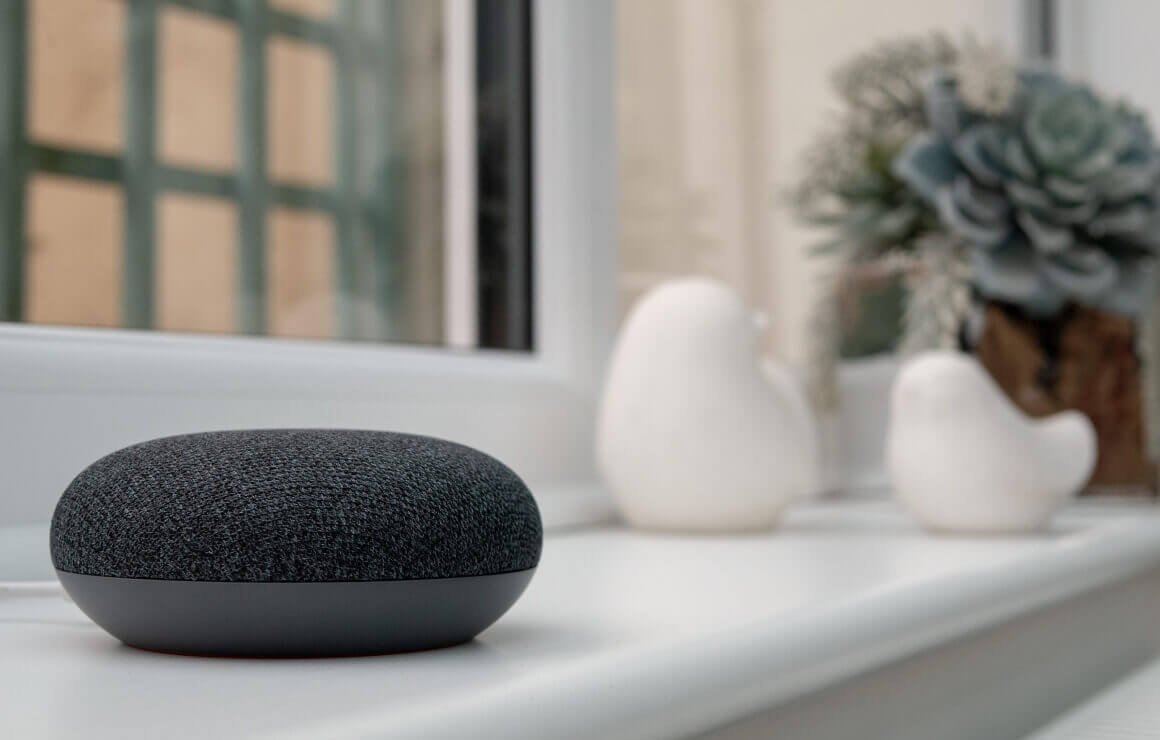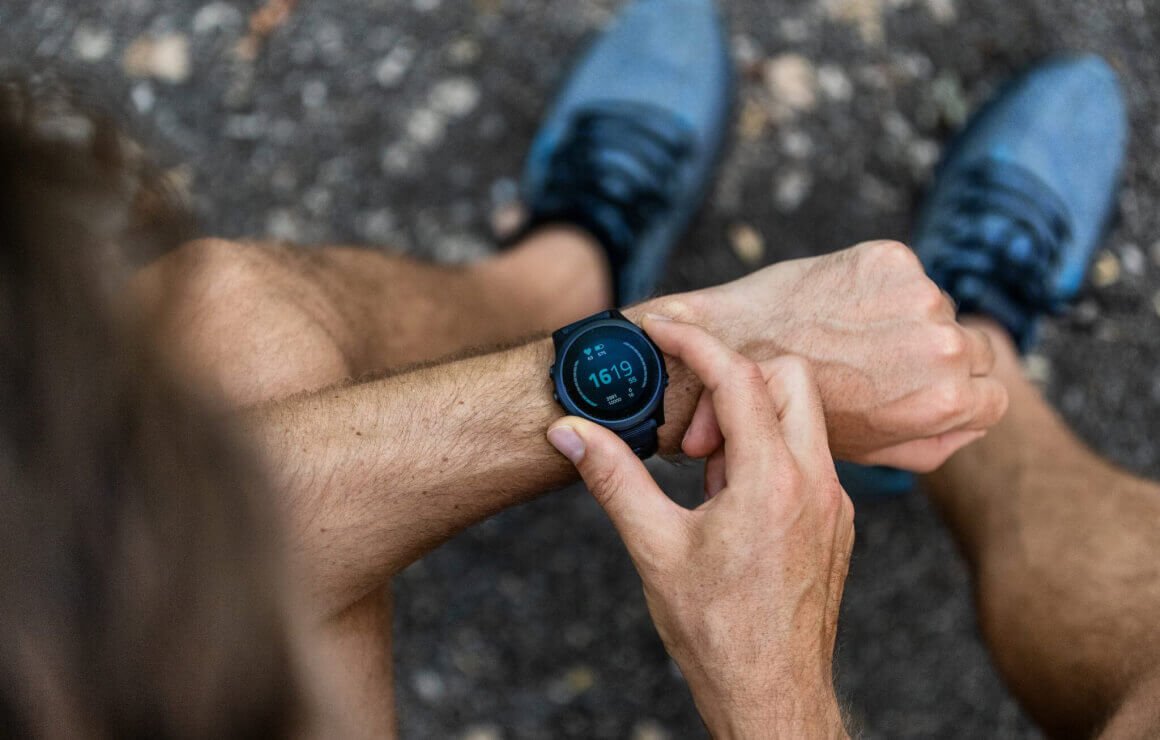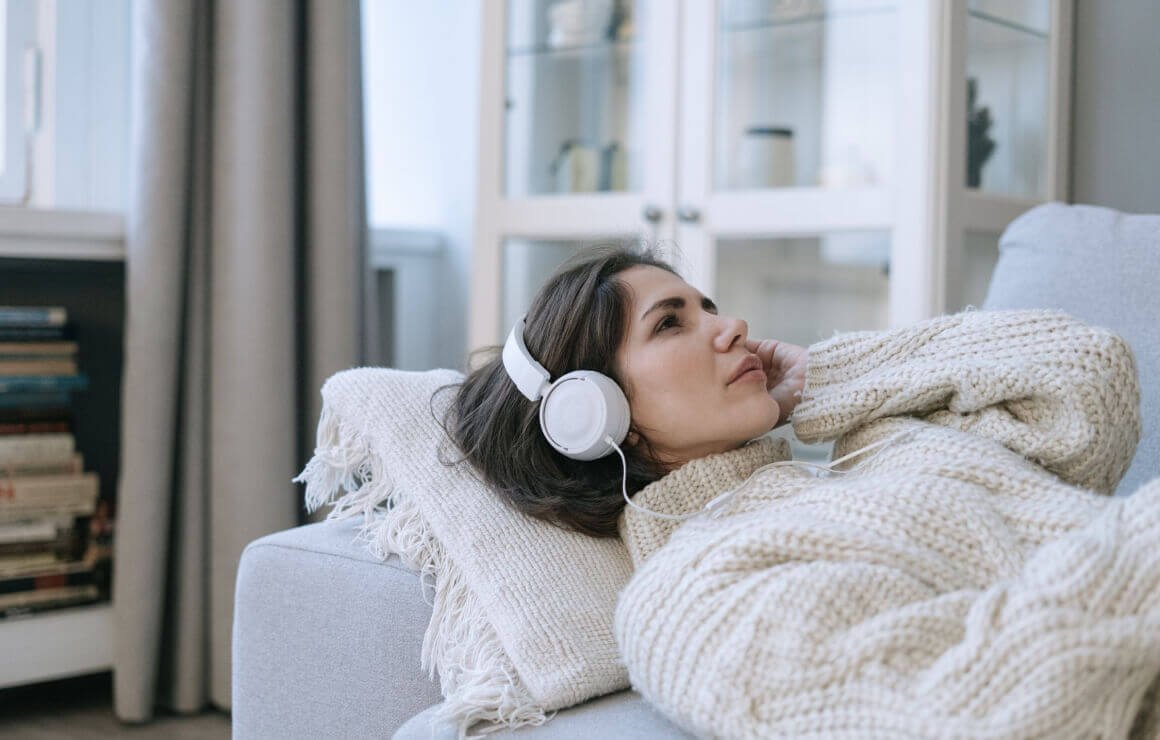Discover Local Fashion at Its Best – Your Marketplace for Unique Styles
Exploring the Rich Tapestry of Local Fashion
The vibrant world of local fashion is a testament to the diversity and creativity inherent in various communities and regions. Each area boasts distinct styles and trends that are often woven from the historical and cultural intricacies of the locale. By supporting local designers, consumers are not only endorsing exceptional craftsmanship but also encouraging the preservation of unique cultural identities that might otherwise be overshadowed by mass-produced fashion.
Local fashion designers frequently draw inspiration from their surroundings, infusing their creations with elements that speak to their heritage and personal experiences. These cultural influences manifest perfectly in the choice of materials, colors, and techniques used in making the garments. Unlike mass-produced items, local fashion offers a blend of authenticity and originality, allowing individuals to express their uniqueness through what they wear.
One of the significant advantages of embracing local fashion is the opportunity to adorn oneself with pieces that are crafted with impeccable attention to detail and quality. Local designers often employ sustainable practices, sourcing materials locally and implementing techniques that have been passed down through generations. This conscientious approach not only benefits the environment but also supports the local economy, fostering a sense of community and shared success.
Countless stories of successful local fashion brands highlight the potential for growth and recognition within this sector. Brands that started in humble settings have often seen their appeal broaden, reaching customers far beyond their initial geographical confines. Testimonials from satisfied customers frequently emphasize their appreciation for the uniqueness and quality of locally-produced fashion items. These personal stories and endorsements are invaluable, attesting to the value and satisfaction derived from investing in local fashion.
How to Navigate Your Local Fashion Marketplace
Effectively navigating a local fashion marketplace requires awareness of several key practices. Start by familiarizing yourself with the marketplace’s platform. Most sites or apps offer search functionality, filters, and categories tailored to streamline your shopping experience. Look for sections dedicated to local designers, often highlighted to support community creatives. By targeting these areas, you can unearth unique styles that stand out from mainstream fashion.
Understanding size and fit guidelines is another crucial aspect. Designers and brands often have specific measurement systems, which may differ from standard sizing. Always refer to the provided size charts and fitting guides. If precise sizes are not clear, don’t hesitate to reach out to the designers directly for more information. This direct engagement often leads to better fitting clothes and a more personalized shopping experience. Additionally, many marketplaces provide customer reviews and feedback on fit and quality, which can assist in making informed decisions.
When seeking high-quality items, pay attention to details like fabric, stitching, and overall construction. High-quality craftsmanship is often evident in the durability and finishing of the garment. Examine product descriptions for information on materials and production methods. Many local designers prioritize ethically sourced materials and sustainable production practices, which add to the uniqueness and value of their offerings.
Engaging directly with designers offers numerous benefits, such as the opportunity for custom pieces tailored to your specific preferences and measurements. Many designers enjoy receiving feedback and requests from customers, making your shopping experience both interactive and bespoke. This interaction can result in exclusive, one-of-a-kind items that perfectly align with your personal style.
Finally, consider the environmental benefits of shopping locally. Purchasing from local designers reduces your carbon footprint, as locally sourced goods travel shorter distances. Additionally, local fashion markets often emphasize sustainable practices, further supporting eco-friendly fashion choices. By choosing to shop within your community, you contribute to a more sustainable and responsible fashion industry while enjoying unique and quality pieces.













Add comment